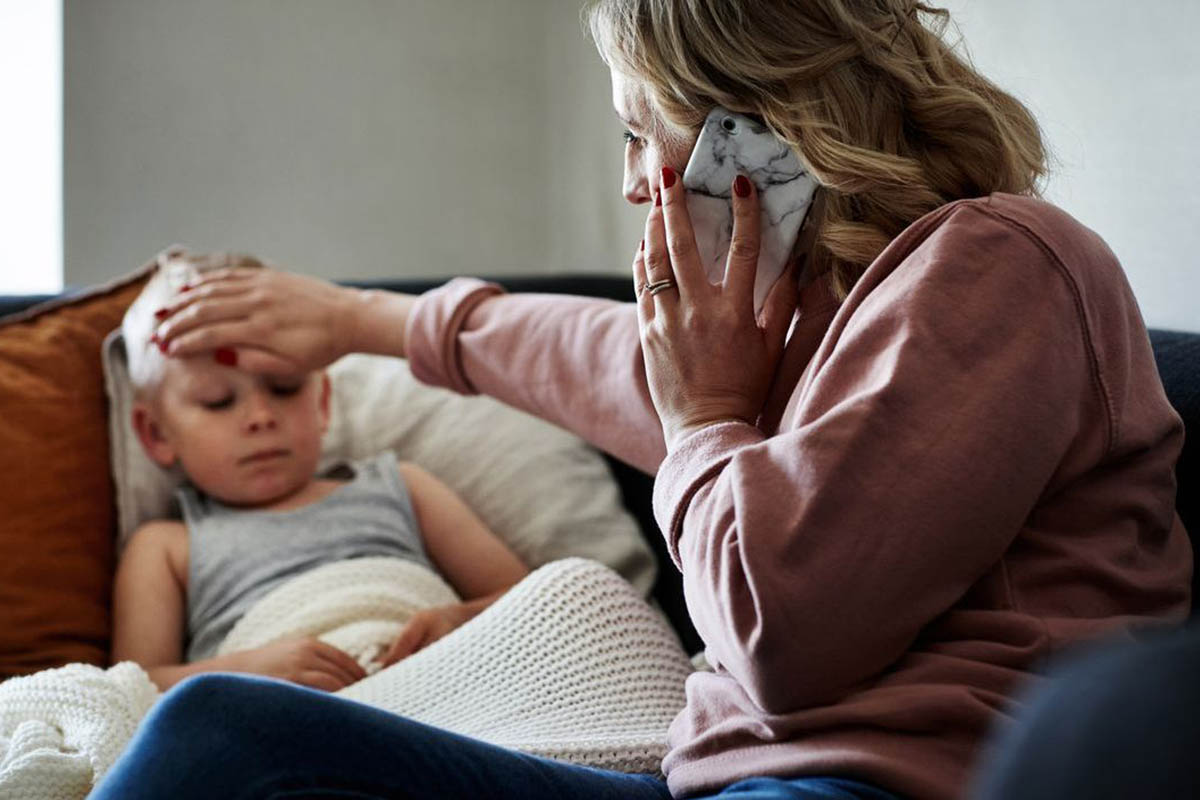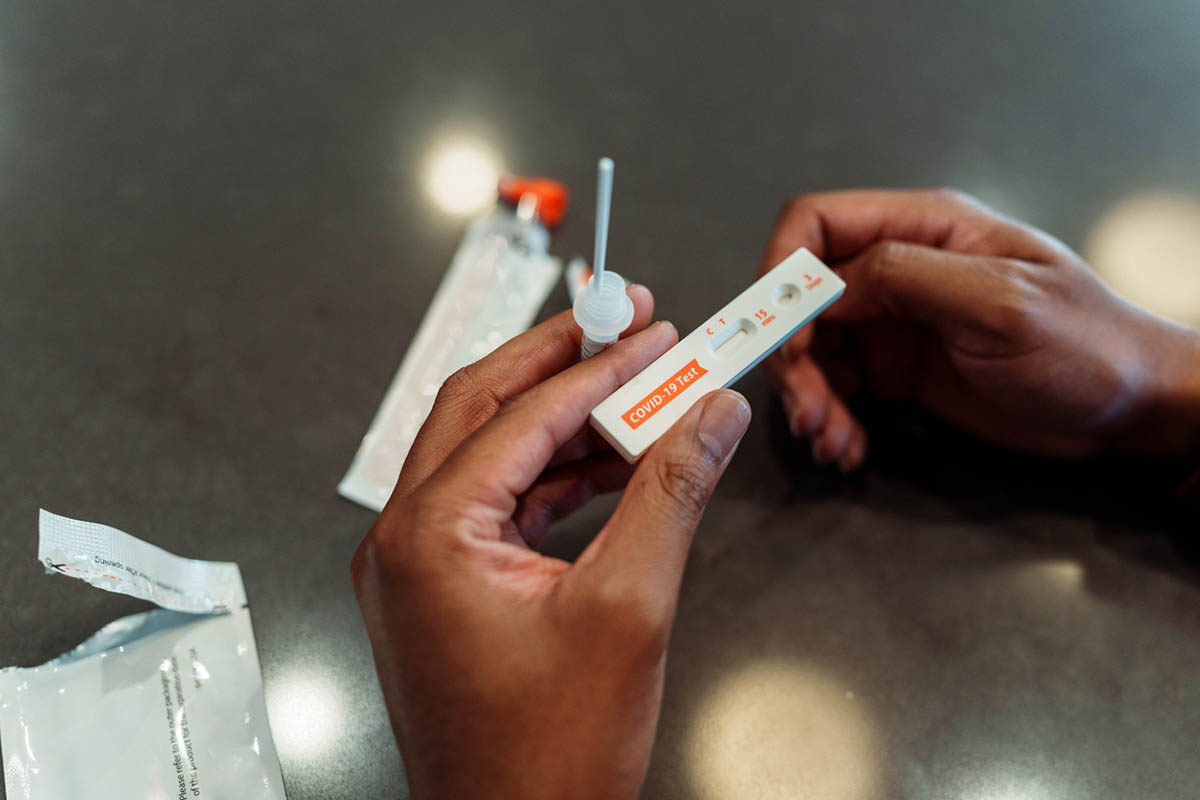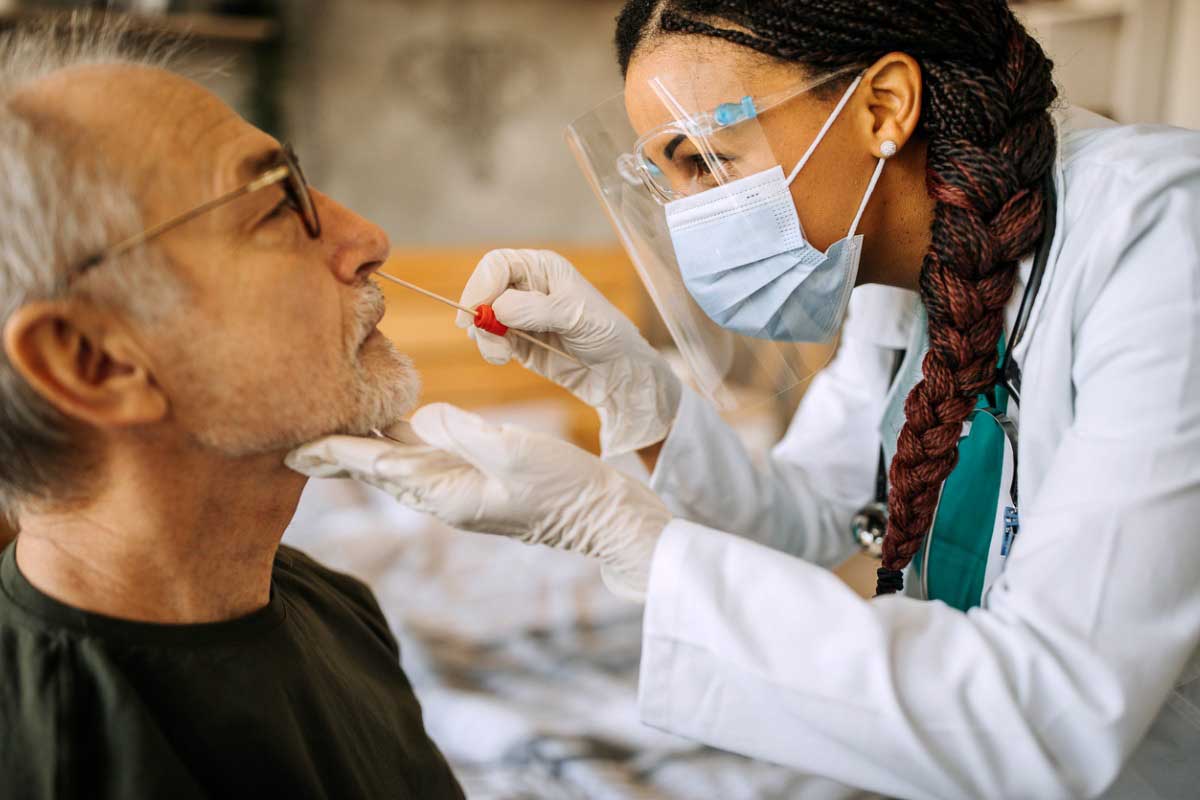
Prim Care Companion CNS Disord 2021;23(5):21cr03022
To cite: Cape MC, Kiyokawa M, Haning WF. Astronomical use of nitrous oxide associated with stress from the COVID-19 pandemic and lockdown. Prim Care Companion CNS Disord. 2021;23(5):21cr03022.
To share: https://doi.org/10.4088/PCC.21cr03022
© Copyright 2021 Physicians Postgraduate Press, Inc.
aDepartment of Psychiatry, John A. Burns School of Medicine, University of Hawaii, Honolulu, Hawaii
*Corresponding author: Miki Kiyokawa, MD, Department of Psychiatry, John A. Burns School of Medicine, University of Hawaii, 1356 Lusitana St, 4th Floor, Honolulu, HI 96813 ([email protected]).
Studies have shown that during times of stress, such as the coronavirus disease 2019 (COVID-19) pandemic, there is a surge in substance use. Recent studies during the pandemic have shown increases in various substance use including opioids, stimulants, alcohol, and nitrous oxide (N2O).1–4 N2O, listed as one of the most common substances used recreationally in the world, is an affordable legal gas and can be purchased easily.5,6 N2O is usually sold in cartridges as chargers for whipping cream, and it is possible to purchase thousands in bulk online with just a single transaction. An average cartridge costs approximately 70 cents, and the product is delivered right to a person’s doorstep and is conveniently obtained even during the pandemic lockdown. N2O can be inhaled directly into the mouth or by discharging nitrous gas cartridges into another object, such as a balloon. When inhaled, a calm and euphoric “high” can be felt within 10 seconds before disappearing within minutes.5 Although this temporary high may be pleasurable, it also comes with side effects. Chronic use of N2O irreversibly inactivates vitamin B12 and causes myelopathy, peripheral neuropathy,5,7 and vitamin B12 deficiency8 because inactivated vitamin B12 is excreted.9 Here, we describe a patient with a history of hallucinogen use disorder, who used an astronomical amount of N2O to cope with stress from the COVID-19 pandemic.
Case Report
A middle-aged man presented to the emergency department with tingling in his extremities and unexplained clumsiness in the past 2 weeks. He had a history of hallucinogen use disorder, periodically using psilocybin, 3,4-methylenedioxymethamphetamine, lysergic acid diethylamide, and ketamine since college. The patient initially started to use ketamine intermittently to cope with pandemic stress. Four months prior to admission, the patient could no longer obtain ketamine due to the pandemic lockdown, so he purchased N2O online. His use escalated from 24 cans of 8-g N2O cartridges per day to 150 cans of 8-g cartridges per day within 2.5 months. The patient attributed his escalation of N2O use to stress induced by the pandemic lockdown, loss of his friends, and fear of loss of his business.
Two weeks prior to admission, the patient noted tingling and numbness of his hands and forearms. Ten days prior to admission, the patient stopped using N2O, but the tingling, which he described as “like sandpaper,” extended up from his feet and later throughout his trunk. He fell several times.
Upon admission, the patient was ataxic, but his motor strength and deep tendon reflexes were normal. The patient had a positive Romberg test and impaired vibration, temperature, proprioception, and light touch sensation with paresthesia from the base of his neck down. Urine toxicology screen was negative. Laboratory studies revealed hemoglobin of 13.2 g/dL, mean corpuscular volume of 95.9 fL, vitamin B12 of 168pg/mL, folate of 13.7 ng/mL, and ceruloplasmin of 18 mg/dL. Methylmalonic acid and homocysteine levels were elevated, and intrinsic factor blocking antibody was negative. A brain computed tomography without contrast and lumbar puncture were normal. Spinal magnetic resonance imaging showed dorsal column acute myelopathy secondary to N2O toxicity and vitamin B12 deficiency. The patient received cyanocobalamin injections, and 2 months following discharge, the patient demonstrated improvement.
Discussion
During times of stress, such as in the 9/11 attacks and the economic recessions of 2008, there has been an uptick in drug use, especially among those with underlying substance use disorder (SUD).10–12 The COVID-19 pandemic is no different. Recent studies have shown an increase in substance use among those with SUD, as evident in increases in drug-positive urine samples,1 sales and consumption of alcohol,2,3 and overdose deaths.13 When one is stressed, corticotropin-releasing factor (CRF) is released.10 Activation of CRF receptors has been hypothesized to cause behavioral changes in individuals, such as seeking more drugs under stress and triggering relapse, leading to stress-induced drug use.14,15 For example, a study conducted among cocaine users showed that the secretion of CRF due to stress and the bodily responses to it predicted an increase in cocaine use in a 90-day period.16 In our case, although other factors may have been involved, the patient’s perception was that stress from the pandemic contributed to his increased substance use. This case adds to the importance of raising awareness of the vulnerability of patients with underlying SUD during times of stress, especially with recreationally used substances that are easy to get access to.
Received: May 23, 2021.
Published online: September 23, 2021.
Potential conflicts of interest: None.
Funding/support: None.
Previous presentation: Poster presented at the Hawaii Addiction Conference; April 16, 2021; Honolulu, Hawaii • Poster presented at the University of Hawaii John A. Burns School of Medicine Biomedical Symposium; April 16, 2021; Honolulu, Hawaii.
Patient consent: A waiver of informed consent was obtained from the Institutional Review Board. Patient information has been de-identified to protect anonymity.
References (16)

- Volkow N. Addressing the Unique Challenges of COVID-19 for People in Recovery. National Institute on Drug Abuse. Updated September 14, 2020. Accessed May 20, 2021. https://www.drugabuse.gov/about-nida/noras-blog/2020/09/addressing-unique-challenges-covid-19-people-in-recovery
- Kim JU, Majid A, Judge R, et al. Effect of COVID-19 lockdown on alcohol consumption in patients with preexisting alcohol use disorder. Lancet Gastroenterol Hepatol. 2020;5(10):886–887. PubMed CrossRef
- Wiener S. COVID-19 and the opioid crisis: when a pandemic and an epidemic collide. Association of American Medical Colleges. Updated July 27, 2020. Accessed May 20, 2021. https://www.aamc.org/news-insights/covid-19-and-opioid-crisis-when-pandemic-and-epidemic-collide
- Marcus E. Nitrous Nation. New York Times. January 30, 2021. Accessed February 14, 2021. https://www.nytimes.com/2021/01/30/style/nitrous-oxide-whippets-tony-hsieh.html?smid=em-share
- van Amsterdam J, Nabben T, van den Brink W. Recreational nitrous oxide use: prevalence and risks. Regul Toxicol Pharmacol. 2015;73(3):790–796. PubMed CrossRef
- Winstock A. GDS2019 Key Findings Report, Executive Summary. Global Drug Survey (GDS). 2019. Accessed May 20, 2021. https://www.globaldrugsurvey.com/wp-content/themes/globaldrugsurvey/results/GDS2019-Exec-Summary.pdf
- Ehirim EM, Naughton DP, Petróczi A. No laughing matter: presence, consumption trends, drug awareness, and perceptions of “hippy crack” (nitrous oxide) among young adults in England. Front Psychiatry. 2018;8:312. PubMed CrossRef
- Razaq J, Qureshi S. Recreational nitrous oxide abuse causing B12 deficiency with subacute combined degeneration of the spinal cord: a case report. J Family Med Prim Care. 2020;9(11):5772–5775. PubMed CrossRef
- Hadzic A, Glab K, Sanborn KV, et al. Severe neurologic deficit after nitrous oxide anesthesia. Anesthesiology. 1995;83(4):863–866. PubMed CrossRef
- Stress and Substance Abuse: A Special Report after the 9/11 Terrorist Attacks. National Institute on Drug Abuse. Updated November 2001. Accessed May 20, 2021. https://archives.drugabuse.gov/publications/stress-substance-abuse-special-report-after-911-terrorist-attacks
- Bruguera P, Reynolds J, Gilvarry E, et al. How does economic recession affect substance use? a reality check with clients of drug treatment centres. J Ment Health Policy Econ. 2018;21(1):11–16. PubMed
- Dom G, Samochowiec J, Evans-Lacko S, et al. The impact of the 2008 economic crisis on substance use patterns in the countries of the European Union. Int J Environ Res Public Health. 2016;13(1):122. PubMed CrossRef
- Overdose Deaths Accelerating During COVID-19. Centers for Disease Control and Prevention. Updated December 18, 2020. Accessed February 14, 2021. https://www.cdc.gov/media/releases/2020/p1218-overdose-deaths-covid-19.html
- Shekhar A, Truitt W, Rainnie D, et al. Role of stress, corticotrophin releasing factor (CRF) and amygdala plasticity in chronic anxiety. Stress. 2005;8(4):209–219. PubMed CrossRef
- Haass-Koffler CL, Bartlett SE. Stress and addiction: contribution of the corticotropin releasing factor (CRF) system in neuroplasticity. Front Mol Neurosci. 2012;5:91. PubMed CrossRef
- Sinha R, Garcia M, Paliwal P, et al. Stress-induced cocaine craving and hypothalamic-pituitary-adrenal responses are predictive of cocaine relapse outcomes. Arch Gen Psychiatry. 2006;63(3):324–331. PubMed CrossRef
Please sign in or purchase this PDF for $40.
Save
Cite



